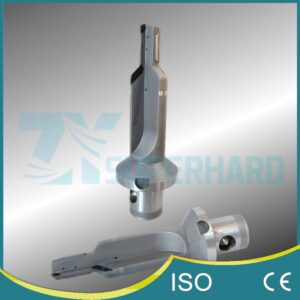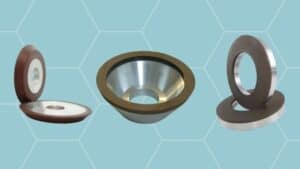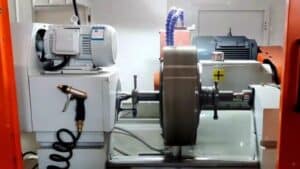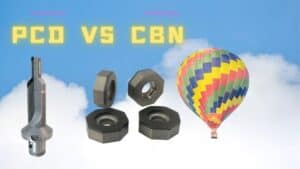PCD and CBN tools are very widely used superhard tools in industrial production. They have some similarities and many differences. Their differences are mainly reflected in the following aspects: raw materials, hardness, characteristics, and applications. I will give a brief introduction below.
Raw Materials
PCD is produced by sintering micron-sized diamond powder with a metallic binder (usually cobalt) under extreme pressure and temperature.
CBN is produced by sintering micron-sized cubic boron nitride with ceramic materials under extreme pressure and temperature.
Hardness
PCD is the hardest artificial material in the world.
CBN is the second hardest material after PCD.
Characteristics
PCD has electrical conductivity due to the addition of a metal bonding agent.
CBN has high thermal stability due to the addition of a ceramic bonding agent.
Applications
PCD Tools are often used to process non-ferrous and non-metallic materials, such as:
- Aluminum, copper, gold, silver, tungsten carbide, etc.
- Synthetic glass
- Ceramics
- Plastics
CBN tools are often used for machining in high-temperature environments and have these common areas.
- Chilled cast iron
- Hardened ferrous materials
- Superalloys
The differences between PCD and CBN tools may seem small, but in practice, they are very different, and each has its own range of applications and advantages. When you don’t know how to choose, you can contact us, and we will provide you with professional solutions.














